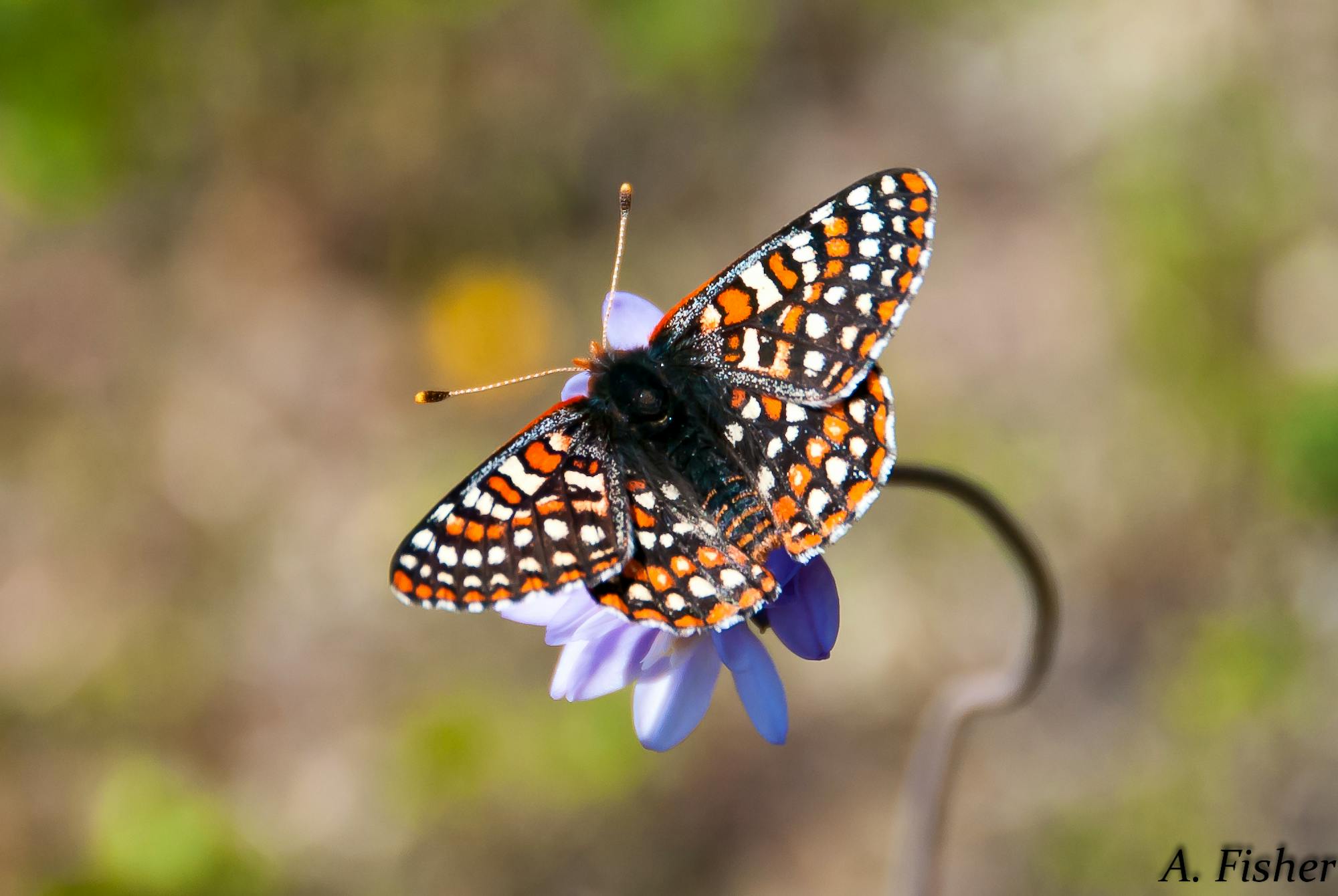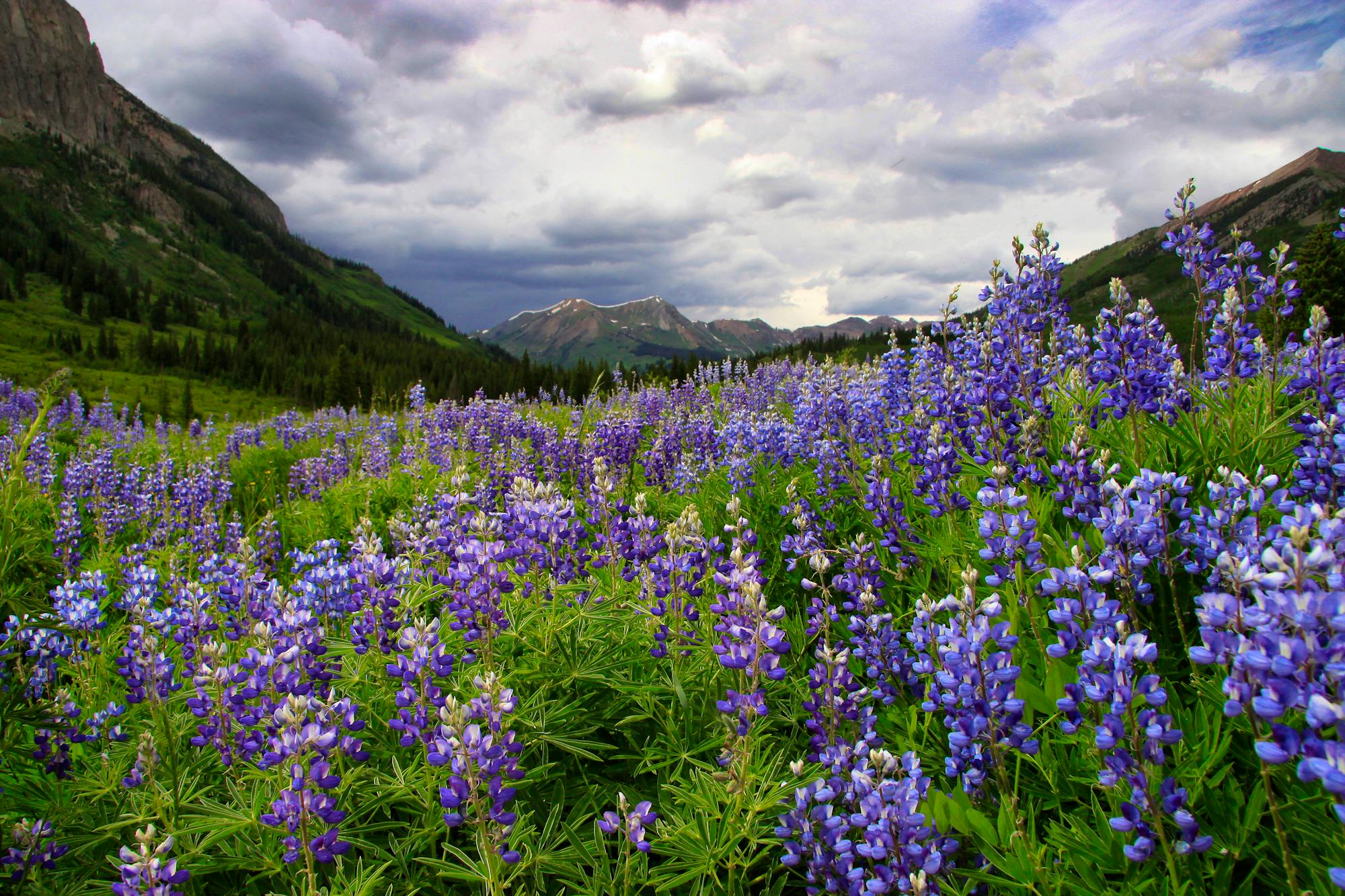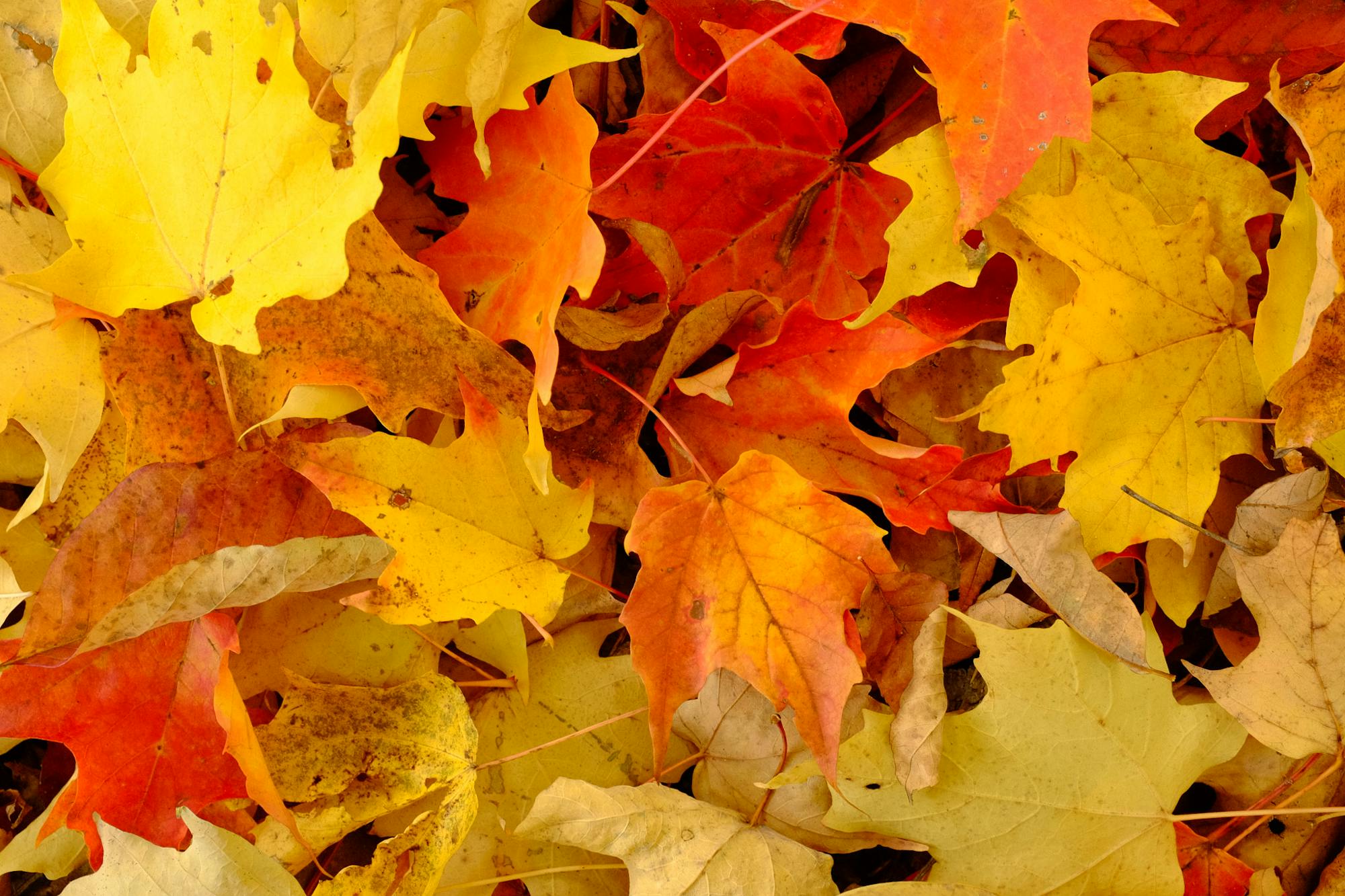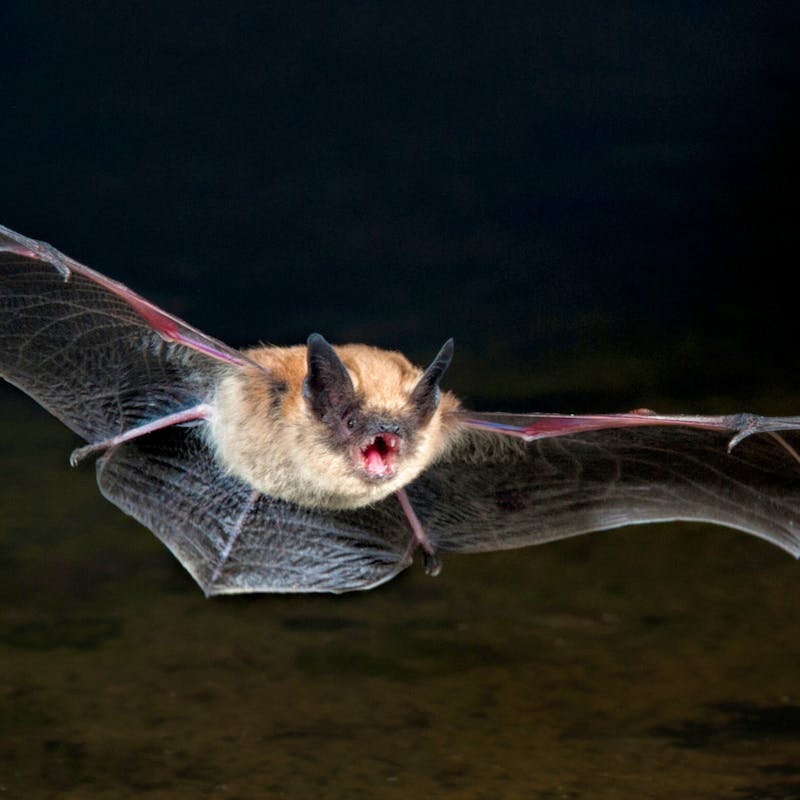The familiar buzz of early fall is quieting down in many parts of the country. But where do the butterflies, bees and other bugs go during the colder, darker months? Most crawl, fly or dig their way into tree holes, fallen leaves, log nooks or rock crevices. Others lay eggs and foster the next generation that will make their appearance when the ground thaws in spring. While these critters' life cycles play out it is important to know what we can do to help ensure their species succeeds.
Butterflies and Moths
During the cold, late fall and winter months, most butterflies and moths are in a dormant phase. They commonly experience this phase as a caterpillar, but some species may be in chrysalis, adult or egg stage. Exactly when they enter and exit the dormant phase depends on the species. To examine this in action, let’s look at the endangered mission blue butterfly!
Mission blue butterflies depend heavily on lupine — a plant with a tall cone of colorful flowers with leaves that sprawl out below — throughout their life. Eggs are laid on the back of new leaves between March and June. Once they hatch, caterpillars then feed on the leaves for about three weeks. At this time, the caterpillars enter their dormant phase, known as diapause which is perfectly timed with the lupines’ energy shift from producing leaves to flowers and seeds. The caterpillars will then sleep in the leaf litter near the base of the lupine plants until the following spring when they will reawaken to eat more leaves before turning into a chrysalis for about one week. After that, adult mission blue butterflies can be seen flying throughout their habitat from March to June, but they only live for about one week in this form.
As you can see with the mission blue butterflies, it’s critical we protect the plants and habitats they depend on year-round. So, avoid trampling or removing native plants if you are hiking or exploring new areas. Learn to identify non-native species and remove them according to your local guidelines. And consider planting native plants in your backyard to help local butterflies and moths!
Honeybees and Bumble Bees
Honeybees will spend the winter huddled together inside their hive, placing the queen in the center, keeping her warmest. On the other hand, bumble bees, with the exception of new queens, mostly die off in the late fall. The new queens hibernate in small holes in the ground throughout the winter emerging in the spring to lay eggs to start her colony. Let’s take a look at the endangered rusty patched bumble bee to learn more!
Rusty patched bumble bees rely heavily on undisturbed soil throughout their lifespan. In addition to providing new queens a place to hibernate, these bees’ colonies nest in the ground! The best way to help ensure their survival is to provide native, undisturbed areas of vegetation. Additionally, avoid or limit the use of chemical pesticides to prevent harming or killing these paramount pollinators.
Let Fallen Leaves Lie
Beyond the butterflies and the bees mentioned here, there are a plethora of critters — including amphibians and reptiles — that seek out safe spots to shelter over the winter. An easy way to ensure you are helping them this fall is to not rake or blow fallen leaves. Leave the leaves! You never know who may be sleeping under a leaf, just waiting for the warm spring weather to emerge.
We are amidst counting down 50 days, featuring 50 species, for the 50th Anniversary of the Endangered Species Act! Follow Defenders on our website to learn more about these two endangered species and the other 48 species we’re highlighting!
Author

Allison Cook
Areas of Expertise: Communications, writing for the blog and website
Allison joined Defenders of Wildlife in 2023 after working for Smithsonian's National Zoo and Conservation
comments
Wildlife & Wild Places










